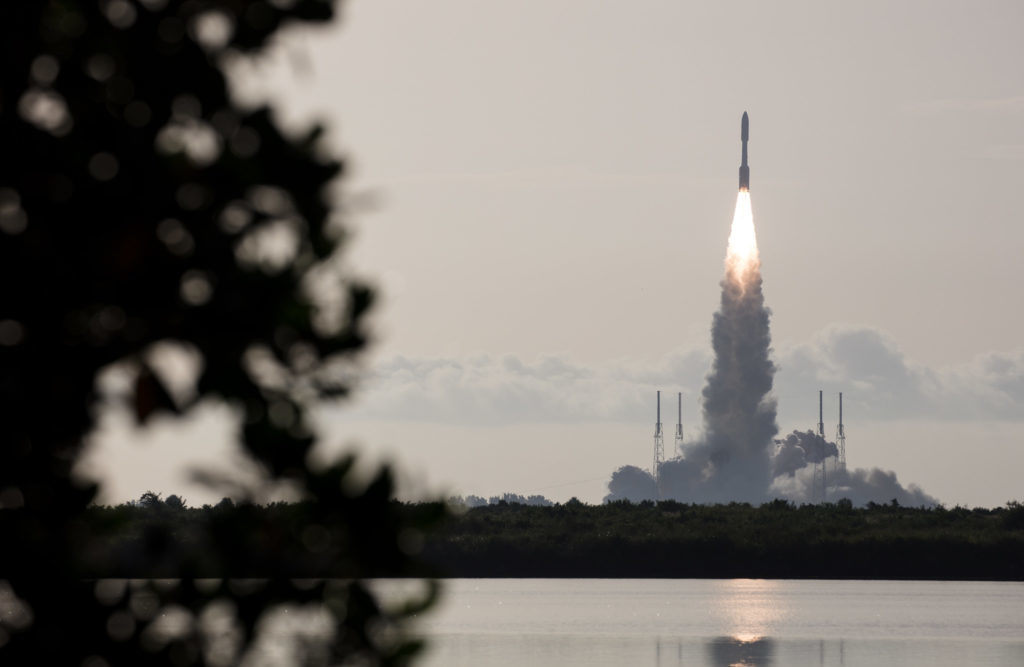What’s Next For Mars 2020 Perseverance Rover? The rover will collect rocks and delivery to Earth, and will listen for Martian sounds for the first time.
Perseverance will be the first mission ever to attempt to collect samples for return to Earth, it will also hunt for ancient alien life and use microphones to capture Mars’s sounds for the first time. The most excited thing is in its belly, a autonomous helicopter. This will be first ever flight on another planet.

NASA’s Mars 2020 Perseverance Rover launched toward the Red Planet at 5:20 PM IST, atop an Atlas V rocket into space from SLC 41, Cape Canaveral Air Force Station in Florida.
The launch follows the UAE’s Mars Hope orbiter, which took off on 20 July, and China’s Tianwen-1 rover, which launched 3 days after that. All 3 spacecraft are on its way to the Red Planet taking advantage of favorable alignment between the orbits of Earth and Mars for a fuel efficient journey.
European Space Agency’s(ESA) ExoMars was scheduled to launch along with these 3 rovers but due to ongoing pandemic situation the mission was indefinitely delayed until 2022.
After the launch while acquiring signals from the Perseverance, NASA officials said, ” The rover experienced minor communications and temperature glitches after launch, but the issues aren’t expected to harm the mission as a whole”.
Later on after regaining communication, NASA announced that the Mars rover Perseverance is out of “safe mode” and is back to normal operations and its on the way to Mars.
Now, Perseverance will cruise through deep space for 7 months interplanetary flight, Targeting to land in Mars’s Jezero Crater on 18 February 2021.

If it reaches the surface safely, the $2.4 billion robot,will spend at least 1 Martian year i.e., nearly 2 Earth years. The Rover is powered by plutonium and weighs about 1,025 kg.
Perseverance will explore a landscape where an ancient river flowed into a lake that might have hosted Martian life.
Is there or was there once life on the Red planet?
After 2 weeks of earlier delays, the spacecraft blasted off from Cape Canaveral, and its on first phase of journey towards the Red Planet.
“It was truly a team effort. And in every single case, everyone stood up and said, ‘Yes, we want to do what we can to help,'” Lori Glaze, director of the agency’s planetary science division, said. “Somehow, we made it through this.”
Now, the spacecraft need to make it through a 7 month journey in interplanetary flight to reach the Red Planet. Once the spacecraft arrives at Mars, it will undergo critical moments of entry, descent and landing.
The rover is scheduled to land on Mars in February of 2021.
Additional Resources:
